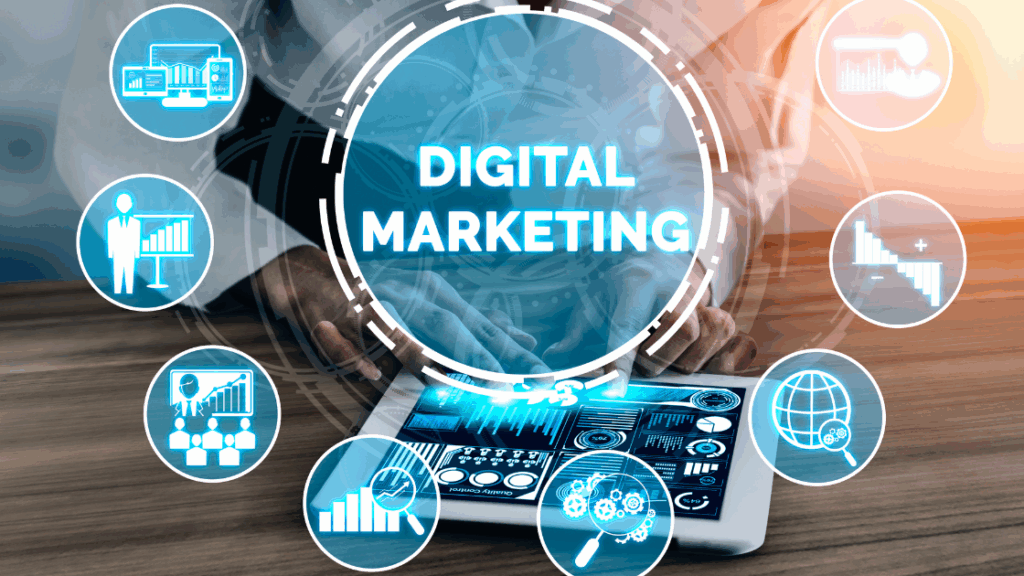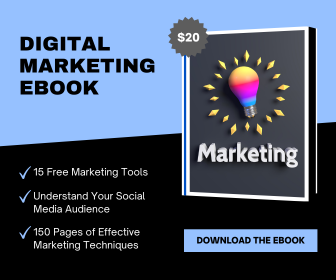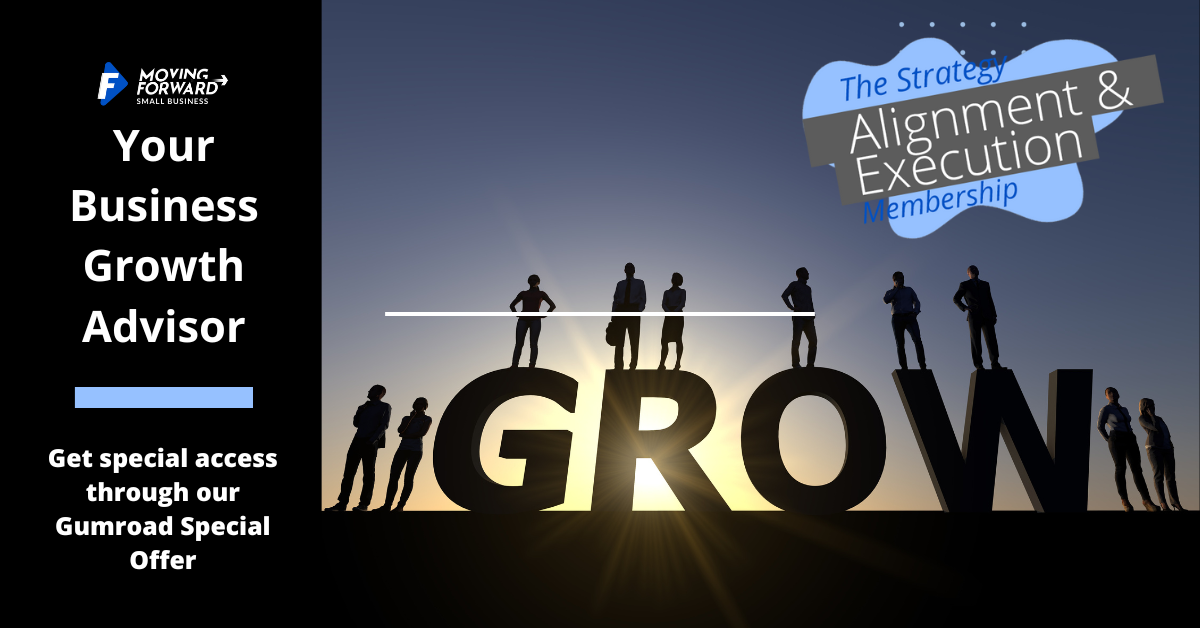Issue 1 – By MFSB Staff: May 7, 2025
In this week’s issue of The Small Business Advantage, we’re exploring strategies to streamline your operations for maximum efficiency, build a brand that not only attracts but also deeply resonates with your ideal customers, and explore the practical application of technology, including AI, to propel your small business to new heights.
1. Operational Efficiency and Time Management:

The Latest: Beyond basic project management, the integration of automation in workflows is becoming increasingly vital. Consider tools that can automate repetitive tasks like invoicing, email marketing sequences, and even initial customer support inquiries. Furthermore, the concept of “deep work” – focused, uninterrupted work sessions – is gaining traction as a counter to the distractions of the modern digital environment. Studies show that minimizing context switching can significantly boost productivity and the quality of output.
Actionable Next Steps:
- Map and Automate Repetitive Tasks: Identify at least three recurring tasks in your business that consume significant time, and research automation tools that could handle them. Explore Zapier or Integromat for connecting different applications.
- Implement “Deep Work” Blocks: Schedule dedicated blocks of 60-90 minutes in your calendar for focused work on high-priority tasks. Communicate these blocks to your team to minimize interruptions. Consider using website blockers or turning off notifications during these times.
- Evaluate Time Tracking Tools: Utilize tools like Toggl Track or Clockify to understand where your time and your team’s time is actually being spent. This data can reveal inefficiencies and areas for optimization.
2. Brand Building and Positioning:

The Latest: In today’s crowded marketplace, simply having a good product or service isn’t enough. Building a powerful brand involves understanding your unique value proposition and communicating it authentically and consistently. Consumers are increasingly drawn to brands with a clear mission and values that align with their own. Storytelling that connects on an emotional level, particularly highlighting local roots and community involvement, can create a strong sense of loyalty.
Actionable Next Steps:
- Refine Your Value Proposition: Clearly articulate what makes your business different and better than the competition. What unique benefit do you offer your customers?
- Develop a Comprehensive Brand Style Guide: Outline your logo usage, color palette, typography, brand voice, and imagery guidelines. Ensure consistency across all your online and offline materials.
- Engage with Your Local Community: Explore opportunities to partner with other local businesses, sponsor community events, or participate in local initiatives. Highlight these efforts in your branding.
3. AI and Technology Integration:

The Latest: The landscape of AI tools for small businesses is becoming more sophisticated and accessible. Beyond basic chatbots, AI is now being used for predictive analytics (forecasting sales trends), personalized marketing recommendations, and even assisting with hiring processes (screening resumes). It’s crucial to stay informed about these advancements and identify how they can provide a competitive edge.
Actionable Next Steps:
- Stay Informed About AI Trends: Dedicate 30 minutes this week to reading articles or watching videos about the latest AI applications for small businesses in your industry.
- Identify Specific AI Use Cases: Brainstorm at least two specific ways AI could potentially improve a key area of your business, whether it’s marketing, sales, operations, or customer service.
- Research Scalable Technology Solutions: Look for technology platforms that offer tiered pricing or the ability to scale as your business grows, ensuring your initial investment remains valuable long-term.
4. Market Analysis, Competitive Strategy & Customer Focus:

The Latest: Understanding your target audience on a deeper level, including their pain points, aspirations, and online behavior, is critical for effective marketing and product/service development. Competitive analysis now extends beyond just pricing and features to encompass their online engagement, content strategy, and customer service approach. Utilizing customer relationship management (CRM) systems to track interactions and gather insights is becoming increasingly important.
Actionable Next Steps:
- Conduct Deeper Customer Persona Research: Go beyond basic demographics and try to understand your ideal customer’s motivations, challenges, and where they spend their time online. Consider conducting surveys or interviews.
- Analyze Competitor Online Strategies: Evaluate your top competitors’ websites, social media presence, content marketing efforts, and online reviews. Identify what they are doing effectively and where you can differentiate yourself.
- Explore CRM Options: If you don’t already have one, research CRM systems like HubSpot, Zoho CRM, or Salesforce Essentials to help you manage customer interactions and gather valuable data.
Digital Marketing, Inbound and Online Dominance:

The Latest: Building a strong online presence requires a multi-faceted approach. Beyond short-form video and SEO, consider the power of long-form, valuable content (blog posts, guides, white papers) to establish authority and attract organic traffic. Interactive content, such as quizzes and polls, can also significantly boost engagement on social media and your website.
Actionable Next Steps:
- Brainstorm Long-Form Content Ideas: Identify 2-3 key questions or challenges your target audience faces and outline potential long-form content pieces that address them comprehensively.
- Explore Interactive Content Options: Consider how you could incorporate interactive elements into your social media strategy or website to increase engagement and gather valuable insights about your audience.
- Audit Your Website’s User Experience: Ensure your website is mobile-friendly, easy to navigate, and provides a seamless experience for visitors.1 A poor user experience can undermine even the best marketing efforts.
Featured Small Business Advantage Maker:

This week, we’re spotlighting “Smithtown Coffee Roasters,” a local gem right here in Smithtown. Founded by James Lee, they’ve built a loyal following by sourcing ethically grown beans and fostering a strong sense of community in their café. Their commitment to quality and their engaging social media presence, showcasing local events and customer stories, truly makes them shine.

Contact Information:
- Address: 123 Main Street, Any Town, 112345
- Website: www.mainstreetbusiness.com
- Social Media: @mainstreetbusiness
Recommend a Small Business: Do you know a small business that deserves the spotlight? Click here to recommend a business you love, and they could be featured in a future issue of The Small Business Advantage!
Subscribe
Ready to gain a weekly advantage in the world of small business? Subscribe to our news feed now and be the first to know when the next issue drops! [Link to Subscription]

